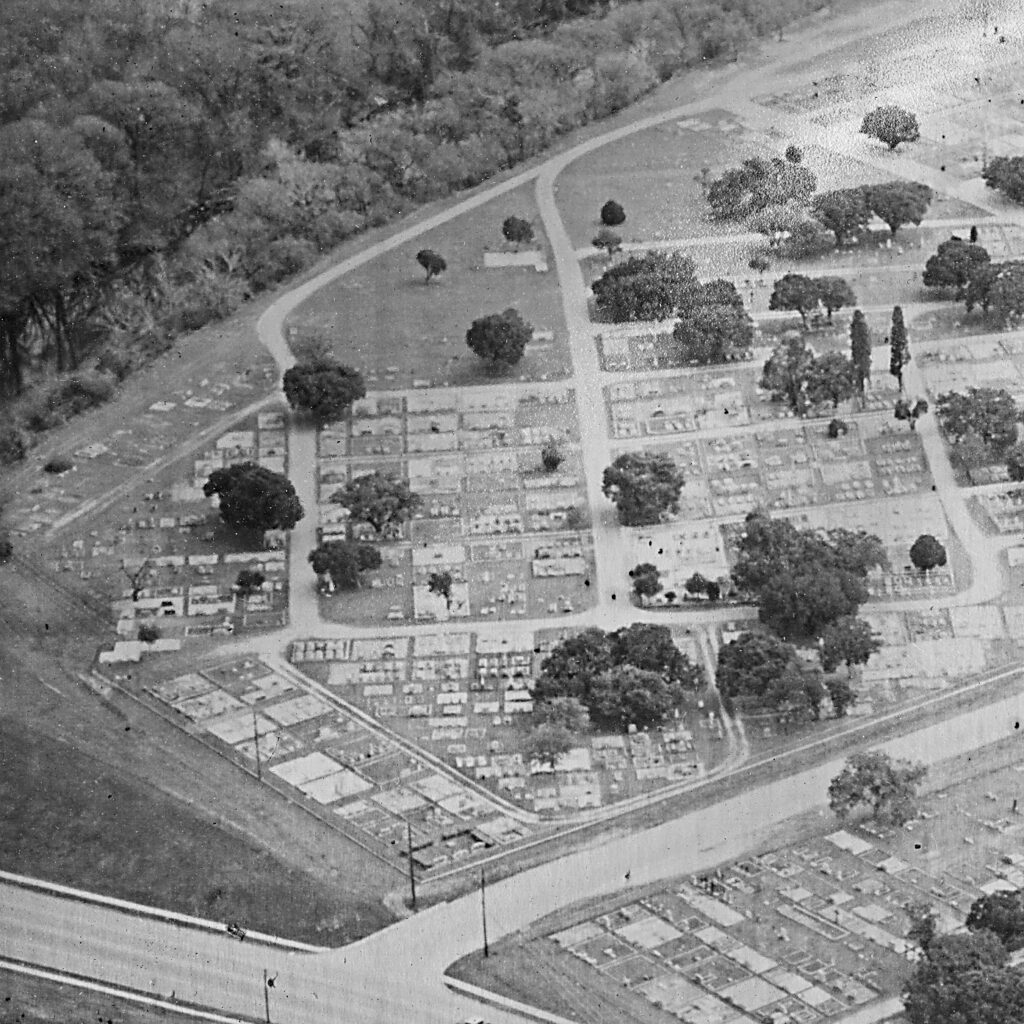History among the ‘stones — Comal Cemetery

By Tara V. Kohlenberg — When I was in junior high school, I sometimes would tag along with my dad when he drove my Oma to Comal Cemetery. She tended my Opa’s grave twice a month. While they were scraping the dirt and replacing the flowers, I would wander through the gravestones. It may sound […]
Jardin de las almas

By Keva Hoffmann Boardman — How we honor our dead says a lot about who we are. It embodies what we believe and how we live and die. For Hispanic Heritage Month, the Sophienburg Museum and West Side Community Center and Library have partnered to focus on where local Hispanic families have laid to rest […]
Which way to the fair?

By Tara V. Kohlenberg — With the upcoming bridge closure, much has been written about daily street traffic and river traffic and where they all will go, but it was the announced change in the Comal County Fair Parade route that got people talking. The most vocally opposed viewpoints were adamant that “the parade should […]
Public art in New Braunfels

By Keva Hoffmann Boardman — The recently unveiled “Legacy of Our Journey” mural on Main Plaza got me thinking about public art in our city. I have always considered New Braunfels to be an historic city, but what if I broadened my thinking and started looking at it as a city full of art, too? […]
Emmie Seele Faust Memorial Library

By Tara V. Kohlenberg — As a child, going to the library with my mother was an awe-inspiring event. We mostly went during the summer when school was out. I remember it being cool and quiet. I felt very grown up because they had children’s books in a gated area with little chairs just my […]
Collecting, restoring, repurposing, categorizing, and identifying at the Sophienburg

By Myra Lee Adams Goff What’s going on at the Hill? The Sophienburg Hill, that is. Busy, busy. There is constant change by collecting, restoring, repurposing, categorizing, identifying, and just about all of those “ing” words. Probably the biggest change in the museum itself is the closing of the year-long Lindheimer exhibit and preparation for […]
Morales Funeral Home early business in Comaltown

By Myra Lee Adams Goff Dr. Ferdinand Roemer in his book “Roemer’s Texas,” when he arrived in the village of New Braunfels in 1846, wrote that a speculative American had laid out a new city in between the fork of the Comal and the Guadalupe within view of the city of New Braunfels and it […]





